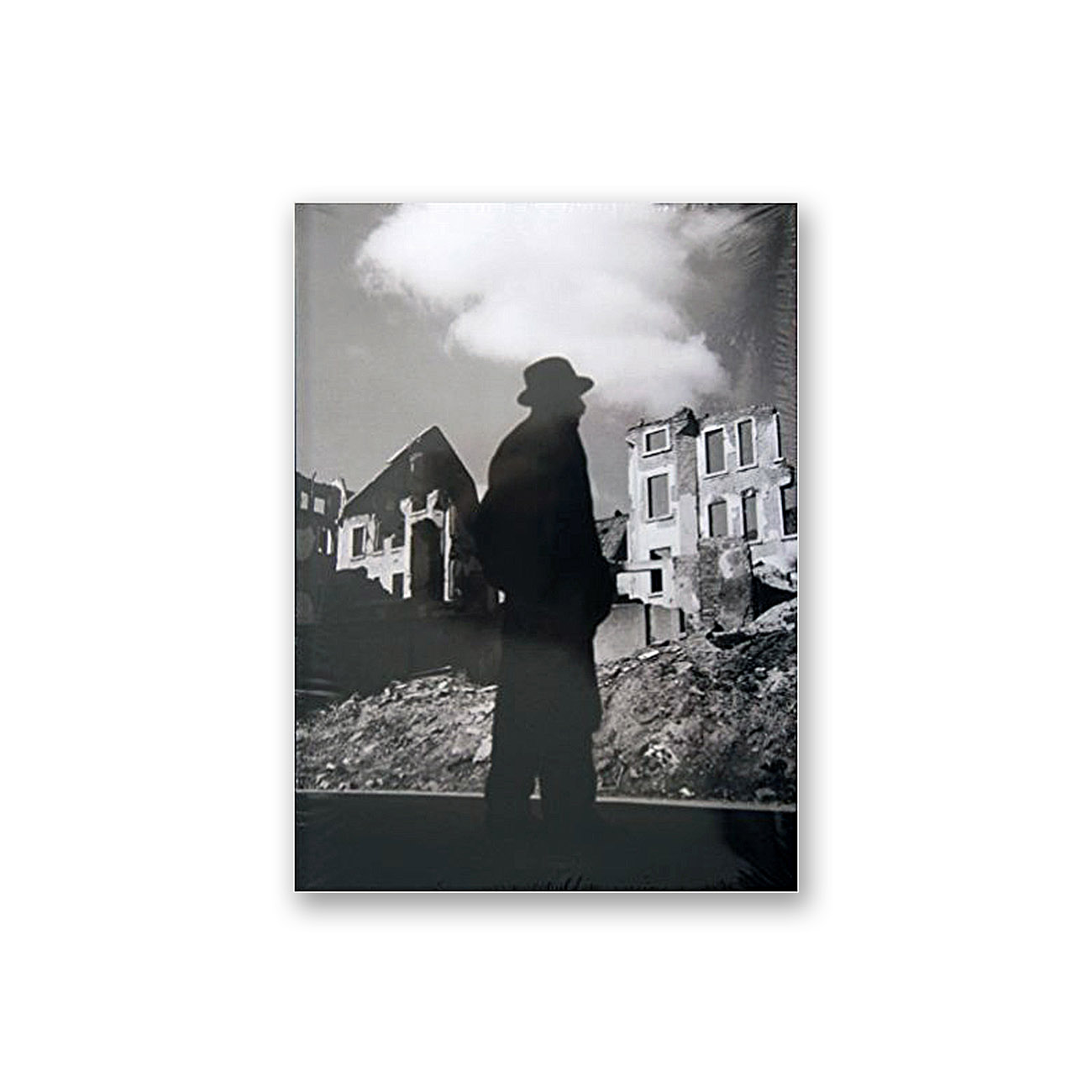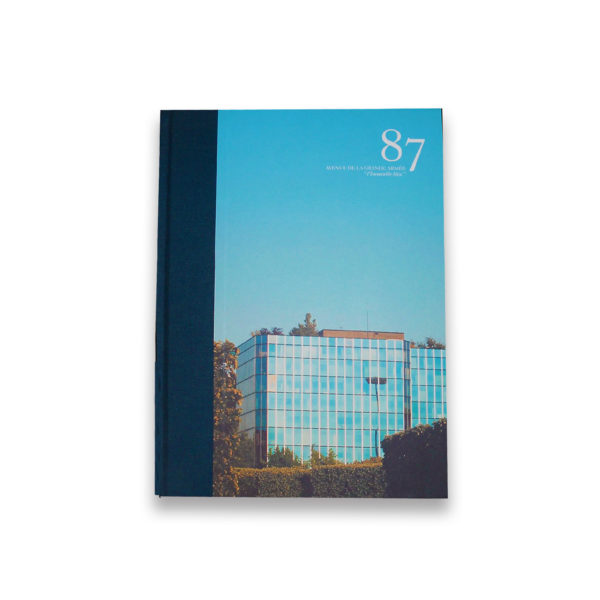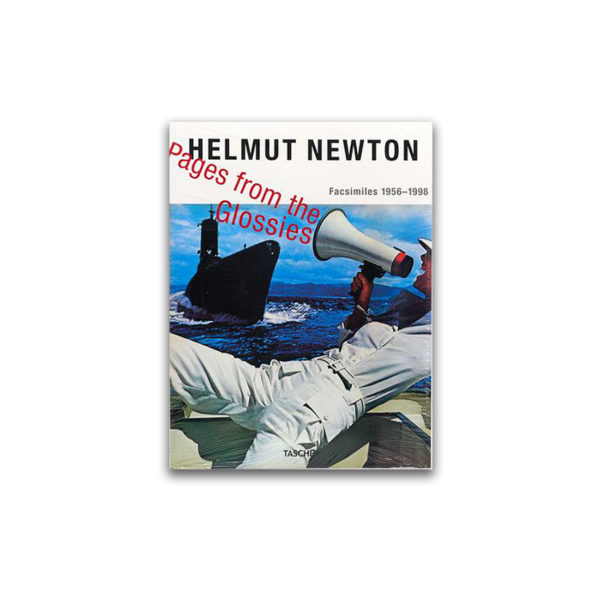In 1916, with the Great War reducing northern Europe to a treeless, shattered void, a boy was born to the prosperous director of a pharmaceutical firm in Zurich. He was named Werner. It was not an auspicious time to be born and, indeed, his mother died soon after. As a child, young Werner sought order in his life by dissecting snails and photographing, in the limpid light of his creation, the elegant whorls revealed. He did not become the physical training instructor his father wanted him to be. He did not become the painter he had once wanted to be in Paris in 1939, on the brink of another devastating conflict. He became Werner Bischof, the man, and a photographer of incalculable artistry who found in both order and the chaos he confronted and experienced a sublime beauty, a humanity that was singularly his own. His photographs of a post-war Europe in poverty and despair expressed infinite hope for the human condtion, yet he was only 29. Less than 10 years later he was dead, leaving behind among his last photographs that of a Peruvian child playing his flute on the edge of a ravine. It is now an iconic photograph with a fatal allure. Bischof himself died when his jeep plunged over a ravine in the Andes on a quest for the faces, the lives, of harmony there. Fifty years later his son Marco has gathered together 70 previously unpublished photographs by Werner Bischof. They powerfully reiterate the man his father was, the nature of his humanity and his search for a benign and beautiful cognisance of the brief and terrifying world he lived in.
Questions to My Father : A Tribute to Werner Bischof
Sold Out
En 1916, alors que la Grande Guerre réduisait l’Europe du Nord à un vide sans arbres, un garçon est né chez le prospère directeur d’une entreprise pharmaceutique à Zurich. Il s’appelait Werner. Ce n’était pas un moment propice pour naître et, en effet, sa mère est morte peu après. Enfant, le jeune Werner a cherché à mettre de l’ordre dans sa vie en disséquant des escargots et en photographiant, dans la lumière limpide de sa création, les élégantes volutes révélées. Il n’est pas devenu le professeur d’éducation physique que son père voulait qu’il soit. Il n’est pas devenu le peintre qu’il avait voulu être à Paris en 1939, au bord d’un autre conflit dévastateur. Il est devenu Werner Bischof, l’homme et le photographe d’un art incalculable qui a trouvé dans l’ordre et le chaos auxquels il était confronté et a fait l’expérience d’une beauté sublime, d’une humanité qui lui était propre. Ses photographies d’une Europe d’après-guerre dans la pauvreté et le désespoir exprimaient un espoir infini pour la condition humaine, alors qu’il n’avait que 29 ans. Moins de dix ans plus tard, il était mort, laissant parmi ses dernières photographies celle d’un enfant péruvien jouant de la flûte au bord d’un ravin. C’est aujourd’hui une photographie emblématique à l’allure fatale. Bischof lui-même est mort lorsque sa jeep a plongé dans un ravin des Andes en quête des visages, des vies, de l’harmonie qui y règne. Cinquante ans plus tard, son fils Marco a rassemblé 70 photographies inédites de Werner Bischof. Elles rappellent avec force l’homme qu’était son père, la nature de son humanité et sa recherche d’une connaissance bénigne et belle du monde bref et terrifiant dans lequel il vivait.
- 160 pages
- Language: Langage: EnglishAnglais
- Trolley Press, 1 édition 2004
- 21 x 28
- Condition: Good conditionBon état



